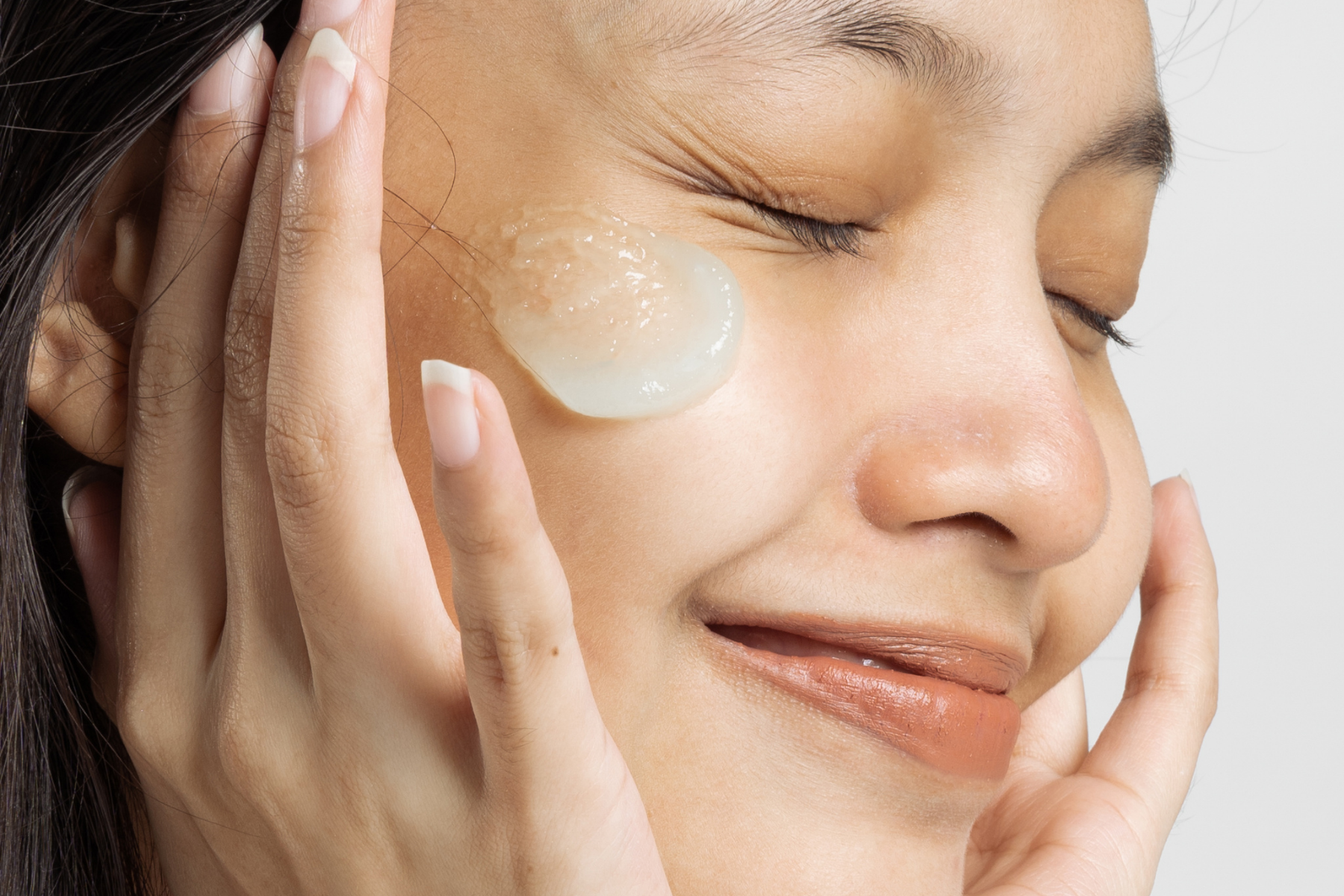
Illustration by Abbysoul
Dermatology has a problem with dark skin, which has different needs than light skin. Common conditions such as acne, moles and melanomas manifest differently on dark skin than on light skin. However, dermatologists are trained to diagnose these conditions on light skin.
Dermatology as a medical field deals with the structure and function of the skin, skin care and skin pigmentation as well as the diagnosis and treatment of skin diseases. Skin experts know that the care and treatment needs of people with dark skin differ from those of fair-skinned people. However, there is a lack of or incomplete representation of dark skin types in dermatology. The same symptoms can occur in both light and dark-skinned people, but they can look different. In textbooks, dark or black skin is hardly a topic. There are hardly any photos showing the effects of skin diseases on dark-skinned people. The risk of misdiagnosis is high.
The wrong view of black skin is worrying, as studies only look at diseases such as tumors, moles and melanomas on light skin. Skin changes on dark or black skin are more difficult to detect and are also much rarer than in people with light skin due to the natural UV protection. Furthermore, many people with dark skin often have insufficient access to the healthcare system due to their social circumstances. As a result, they fall through the medical cracks and their skin changes are not photographed. A good example of this misguided development is the Google Health app, which barely takes dark skin types into account. Google's reasoning is that dermatology as a whole has a problem with the availability of data on people with dark or black skin. Only around 3.5 percent of the underlying images showed pictures of patients with Fitzpatrick classifications V and VI, which include dark to black skin. The skin classification I to VI according to UV sensitivity goes back to the dermatologist Dr. Thomas Fitzpatrick, who worked on the typing of human skin in 1975.
A good example of this misguided development is the Google Health app, which barely takes dark skin types into account. Google's reasoning is that dermatology as a whole has a problem with the availability of data on people with dark or black skin. Only around 3.5 percent of the underlying images showed pictures of patients with Fitzpatrick classifications V and VI, which include dark to black skin. The skin classification I to VI according to UV sensitivity goes back to the dermatologist Dr. Thomas Fitzpatrick, who worked on the typing of human skin in 1975.
While dark-skinned people suffer less from malignant melanomas and sunburn due to their natural UV protection, they are more prone to inflammation and certain types of skin lesions such as keloids. These are excessive, sometimes very itchy scars. The darker the skin, the greater the risk of keloid formation. These complaints can lead to depigmentation, i.e. lighter areas of skin. The problem of depigmentation also exists with acne, a skin disease that affects dark-skinned people more often than people with fair skin. German dermatologist and Woman of Colour Ephsona Shencoru has recognized this problem and runs the blog https://www.thequestionnaire-official.com/lessons1 to educate people about dark skin.
With appropriate medical research, skin diseases such as acne, inflammatory processes and melanomas can usually be treated very well. However, the situation is different for people with dark to black skin, as they are underrepresented in dermatology. Studies mainly deal with skin diseases of light-skinned people, there is hardly any photo documentation of skin changes on dark or black skin. It is therefore difficult for dark-skinned people to find dermatologists who know the needs of their skin and can correctly diagnose and treat changes or diseases.
Although dark-skinned people are less frequently affected by malignant melanomas and hyperpigmentation, when this skin disease occurs, the mortality rate is significantly higher than for light-skinned people, as there is a lack of corresponding studies and photo documentation that can also provide orientation regarding an initial self-assessment. Dermatologist Jenna Lester has also recognized this problem and has opened a pioneering "Skin of Color" dermatology clinic.







2 comments
Kocou
How long does it take
How long does it take
Sabine
Hello,
Thanks for the great report. My husband and my eldest son also always have problems with their skin, it's particularly bad when they've had haircuts, then everything at the back of their head is inflamed with lots of pustules, some of which are filled with white fluid, they've been to various dermatologists quite often, but nobody knows exactly what it is. They always say that it is a typical skin disease for dark skin types. Then they prescribe creams in the hope that it might help, but it doesn't. My second son also suffers from severe neurodermatitis and it's really bad that you always have to give cortisone.
Hello,
Thanks for the great report. My husband and my eldest son also always have problems with their skin, it's particularly bad when they've had haircuts, then everything at the back of their head is inflamed with lots of pustules, some of which are filled with white fluid, they've been to various dermatologists quite often, but nobody knows exactly what it is. They always say that it is a typical skin disease for dark skin types. Then they prescribe creams in the hope that it might help, but it doesn't. My second son also suffers from severe neurodermatitis and it's really bad that you always have to give cortisone.